The Formula 1 season-opening Austrian Grand Prix of a fortnight ago was packed with drama and entertainment, featuring collisions, spins, penalties, safety car periods and more mechanical retirements in one afternoon than we had seen for a long while.
Mercedes-AMG’s Valtteri Bottas upstaged world champion team-mate Lewis Hamilton, Charles Leclerc hustled an uncompetitive Ferrari to second and McLaren’s 20-year-old British charge Lando Norris snatched a dramatic maiden podium. It was the sort of race that would thrill fans – except there weren’t any in the stands at the Red Bull Ring.
Instead, coronavirus-induced safety measures meant the race was the first-ever grand prix held without a crowd, effectively running as a made-for-TV event. It created a slightly surreal atmosphere for those few at the track. Inevitably, it lacked the usual buzz of a grand prix; it felt more like a test session.
As with Silverstone, much of the character of the Red Bull Ring comes from its fans. Usually, the campsites around the bucolic venue are packed, the bars are busy and the mobile discos pump out 1980s dance sounds until the early hours. Over the past few years, there has been a Dutch invasion, with Red Bull driver Max Verstappen’s countrymen choosing Austria as one of their favourite stops and ensuring the grandstands that run along the straight after Turn One are a sea of orange. All of that was missing this year.
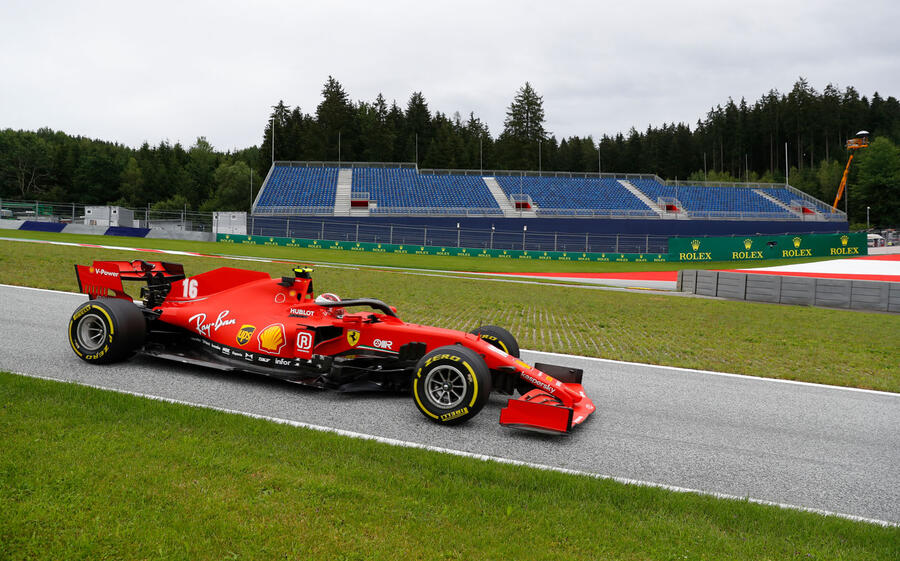
“It was very strange,” said runner-up Leclerc, who has quickly grown used to the attention of the tifosi. “We are lacking the passion of the fans, which is why I love the sport so much, to see the passion of people that are watching you. I actually looked in the grandstands during the race. I miss that.”
However, on the track it was business as usual for the drivers and, as a TV spectacle, the race couldn’t be faulted. “I think the world needs some activity,” said Jean Todt, president of the FIA, motorsport’s governing body. “Everybody was looking for something to come. That’s why I’m so grateful to all those who are contributing to this achievement. Clearly, you had to be brave. I would say honestly the easiest solution would have been to wait until it was much easier.”

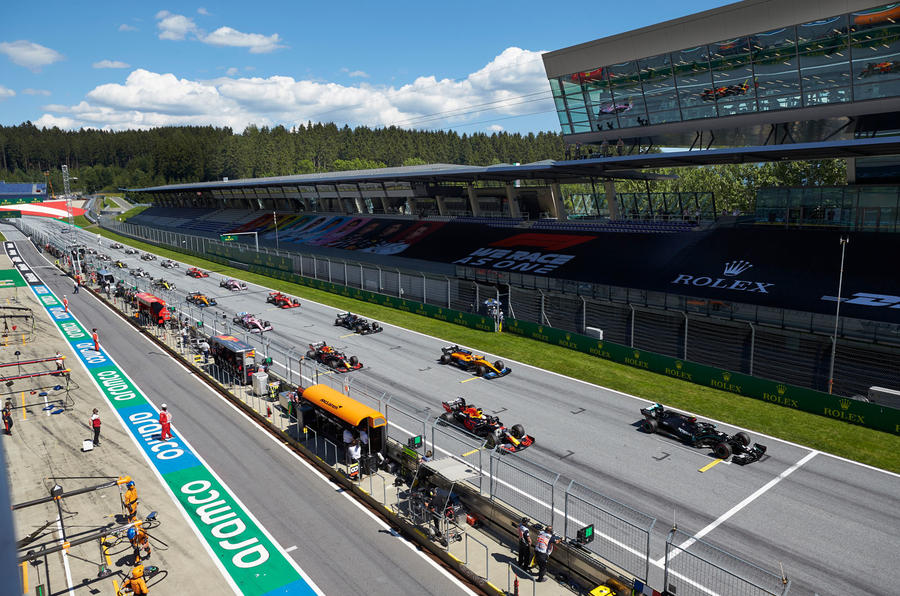















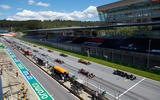
















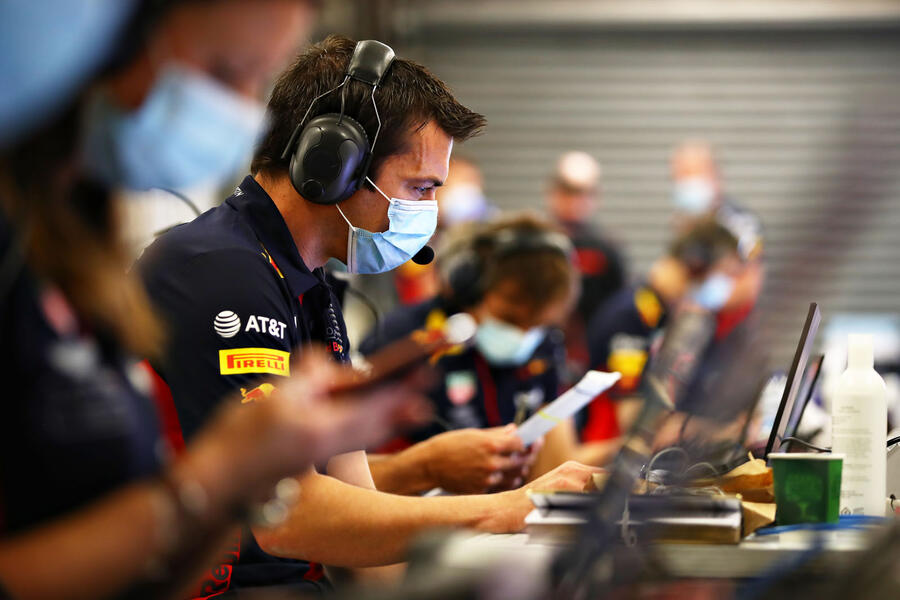
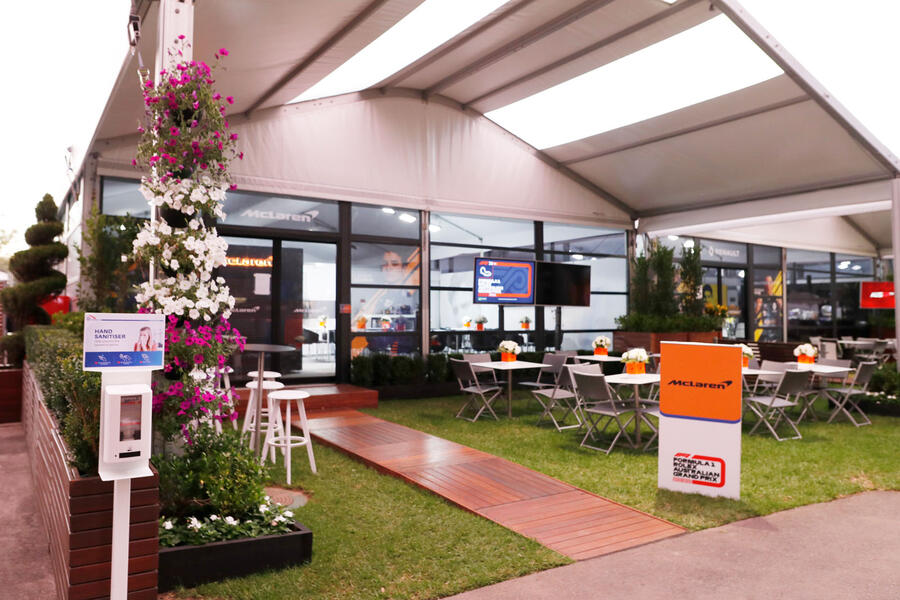
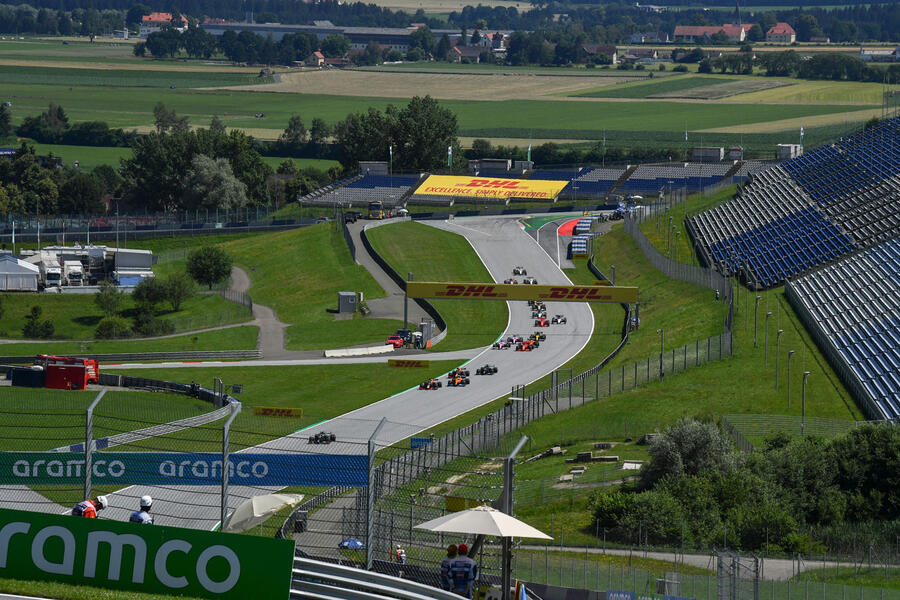


Join the debate
Add your comment
"the first ever grand prix held without a crowd"
Err, have you ever seen a F1 telecast?